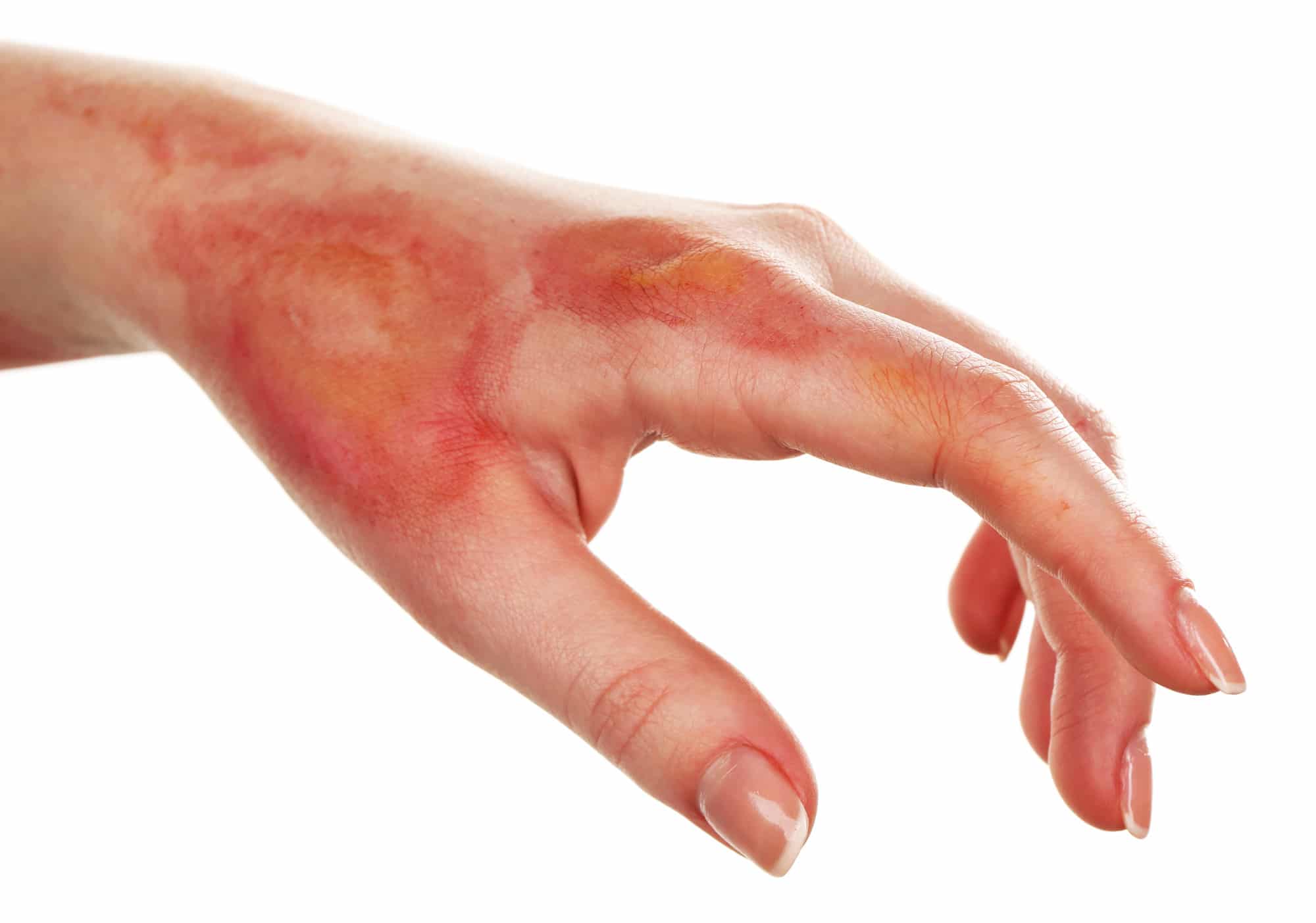Did you know that burns are one of the most fatal household injuries in the US?
This is why you should always keep safety tips to prevent fire or burns in mind. For example, if you have a fireplace at home or love to light candles, you should never ever leave them unattended. This also applies to kettles, pots, etc. on the stove, and of course, you should always make sure your smoke alarms have batteries.
Now, sometimes, no matter how careful you are, accidents can still happen. If for whatever reason, you suddenly need burn care at home, it helps to know what you should and shouldn’t do.
That being said, here are some dos and don’ts to remember when treating burns at home.
Top 3 Dos of Burn Care
The first rule of burn wound care is to consider how severe it is. While first-degree burns don’t usually require a trip to the emergency room, they can still turn serious if you use ineffective home remedies like smearing butter, toothpaste, and so on.
To make sure you know how to take care of a burn the right way, don’t forget these top 3 tips.
1. Rinse the Burned Area Under Cool Water
Rinsing the burned area for five to 10 minutes is recommended until you feel the pain subside. Now, if there’s no running water available, you can use compresses.
Remember not to use too cold water. After cooling the burned area, you may apply a moisturizing lotion but stay away from oils and creams, especially heavily fragranced ones. You may also take a pain reliever, and if the pain doesn’t go away after a few days, go see a doctor.
2. Use Antibiotic Ointments as Needed
Putting antibiotic ointments on burns can help prevent infections, but it’s not always necessary. One example is if you’ve got a minor burn (like a sunburn). Another case would be when the burn is considered superficial, that is when the skin stays intact.
Instead, you’ll want to protect the affected area by covering it with gauze or other non-adhesive bandage or cloth.
3. Know When to Seek Medical Help
Even if you think your burn injury is minor, you should still see a doctor if you notice signs of infection like oozing, swelling, redness, and so on.
Other signs you should seek medical help is when the burn blister becomes larger than 2 inches, and/or when the burned area involves the face, hands, feet, or genitals.
2 Dont’s of How to Care for a Burn
You already know to stay away from butter, oils, and creams when treating a burn at home, but there are 2 more things you should avoid including:
1. Touching or Soaking a Serious Burn
If you’ve never been burned before, you might think your injury isn’t serious. Here’s how you can tell if your burn requires medical attention.
Now, if it’s a serious burn, it’s important you keep yourself from touching or soaking it. You should also head to a hospital or urgent care clinic asap.
2. Popping Blisters
Yes, blisters look awful, but they keep the skin underneath clean. If your blisters do pop by themselves, though, you can apply an antibiotic ointment or cream.
Want to Know More About Burn Wound Care?
Now that you know the basics of burn care at home, don’t stop here. For more information on treating burns, don’t hesitate to check out our other posts.
You may also contact us if you have questions about burns and other conditions requiring urgent care.

